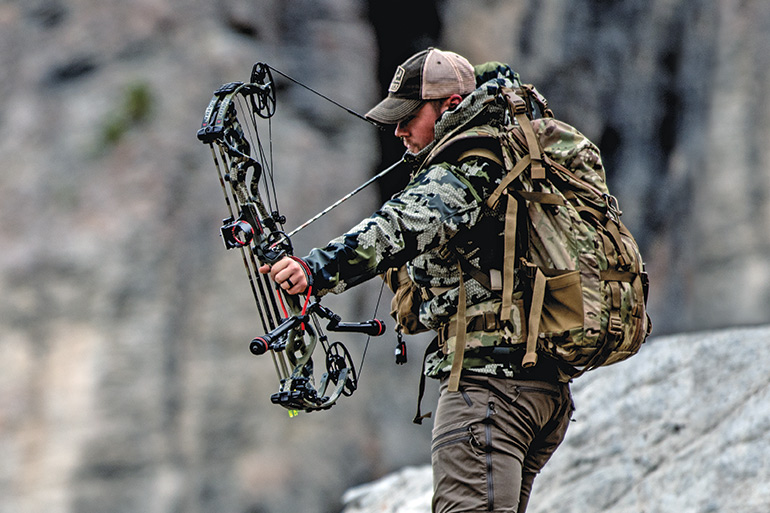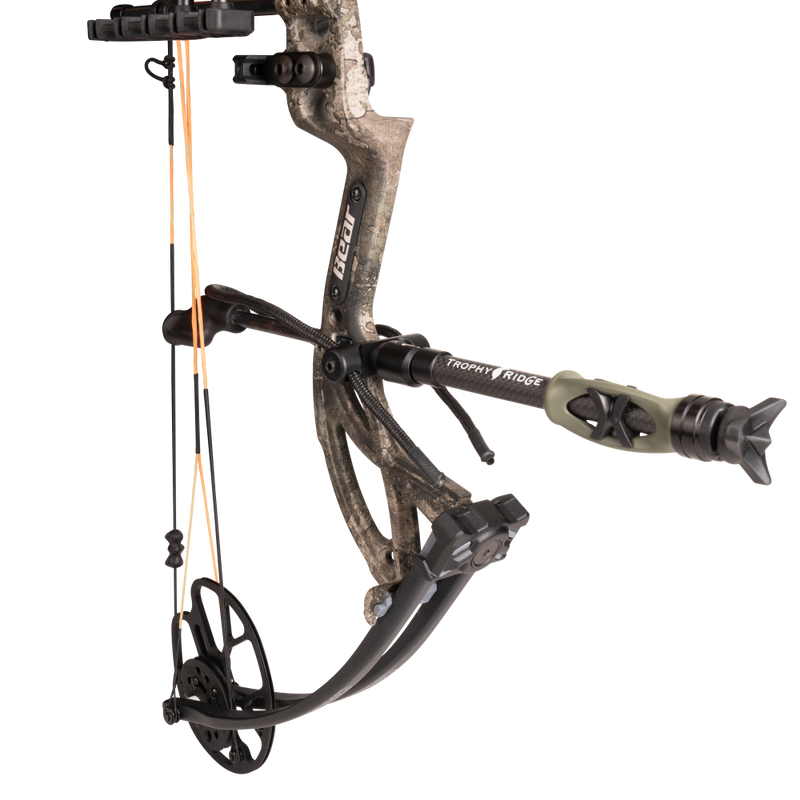Optimizing Your Archery Performance With the Right Compound Bow Stabilizer: a Comprehensive Overview
In the world of accuracy, uniformity and archery are critical to attaining ideal performance. One often-overlooked yet crucial part in boosting precision is the substance bow stabilizer. This unassuming tool plays a considerable role in steadying your objective, lowering bow torque, and soaking up resonances. Nevertheless, the performance of a stabilizer depends upon different factors, including weight, placement, and design. By comprehending the nuances of selecting and maximizing a compound bow stabilizer, archers can adjust their devices to boost their shooting experience to brand-new degrees of efficiency and control.
Significance of Bow Stabilizers in Archery

Additionally, bow stabilizers help in balancing the weight circulation of the bow, which can enhance the archer's security while aiming and shooting. By adding weight to the front of the bow, stabilizers can reduce the quantity of torque experienced upon launch, resulting in a smoother and more regulated shot - compound bow stabilizer. This weight circulation additionally assists in holding the bow steady for a longer period, allowing the archer to intend extra accurately
Kinds Of Compound Bow Stabilizers
When taking into consideration the numerous kinds of compound bow stabilizers available, it is important to recognize their unique features and features to establish one of the most suitable choice for taking full advantage of archery performance. The most usual kinds of compound bow stabilizers consist of sidebar stabilizers, front stabilizers, and back stabilizers. Sidebar stabilizers connect to the sides of the riser and aid in balancing the bow during the aiming procedure. Front stabilizers, also called long poles, are affixed to the front of the riser and aid in taking in and lowering any type of resonances triggered by the launch of the arrowhead, thus improving accuracy. Back stabilizers, also called back stabilizers, are installed to the back of the bow and aid in counteracting the weight of other accessories, leading to boosted stability and steady intending. Additionally, some stabilizers feature flexible weights that enable archers to make improvements the equilibrium and feeling of their bows according to their preferences, making them versatile alternatives for archery enthusiasts of all degrees.
Factors to Think About When Picking
In evaluating compound bow stabilizers, recognizing the unique functions and functions of each type is vital for making a notified decision on one of the most ideal option to improve archery performance. When selecting a stabilizer, one have to take into consideration the weight of the stabilizer itself. While a heavier stabilizer can next offer more security by reducing the bow's activity, it may additionally cause tiredness throughout lengthy shooting sessions. Equilibrium is an additional essential aspect to consider. The stabilizer's size and design dramatically impact the bow's equilibrium, impacting the shooter's capability to hold constant purpose. Additionally, the product of the stabilizer can affect its efficiency. Carbon fiber stabilizers are lightweight and absorb vibrations well, improving precision. Additionally, the number and adjustability of dampeners on the stabilizer can tweak its efficiency by reducing sound and shock upon launch. By very carefully evaluating these factors, archers can select a compound bow stabilizer that straightens with their shooting style and maximizes their overall efficiency on the archery array.
Installment and Adjustment Tips
For ideal efficiency and accuracy in archery, grasping the installment and modification of your bow stabilizer is crucial. Correct installment starts with affixing the stabilizer to the bow's riser, guaranteeing it is securely safeguarded.
When changing the stabilizer, start with tiny step-by-step modifications instead of drastic modifications. This permits you to assess the impact of each alteration accurately. Take note of how the bow responds to adjustments in stabilizer settings and make modifications appropriately. Keep in mind that the goal is to locate an arrangement that reduces hand torque, reduces vibration, and improves precision. Routinely check the stabilizer's rigidity and total problem to guarantee it continues to operate ideally. By understanding the installment and adjustment process, you can maximize your archery efficiency and elevate your shooting experience.
Maintenance and Care Guidelines

It is also necessary to keep your bow with the stabilizer a fantastic read in a protected and safe location when not in use. Adhering to these maintenance and care guidelines will assist you get the most out of your bow stabilizer and enhance your overall archery efficiency.
Conclusion
In final thought, selecting the ideal compound bow stabilizer is crucial for optimizing archery efficiency. Understanding the importance, kinds, elements to consider, setup and modification ideas, in addition to upkeep and treatment guidelines can considerably influence one's precision and uniformity in shooting. By picking a stabilizer that matches private needs and choices, archers can boost their total efficiency and attain great site better results on the variety or in competitors.
Bow stabilizers play an important role in enhancing an archer's accuracy and consistency by lowering resonances and maintaining the bow throughout the launch of an arrowhead - compound bow stabilizer.In addition, bow stabilizers aid in balancing the weight distribution of the bow, which can improve the archer's stability while aiming and shooting. The most usual types of compound bow stabilizers consist of sidebar stabilizers, front stabilizers, and back stabilizers. Back stabilizers, additionally called back stabilizers, are installed to the back of the bow and aid in counterbalancing the weight of various other accessories, resulting in improved stability and stable aiming. When selecting a stabilizer, one need to think about the weight of the stabilizer itself